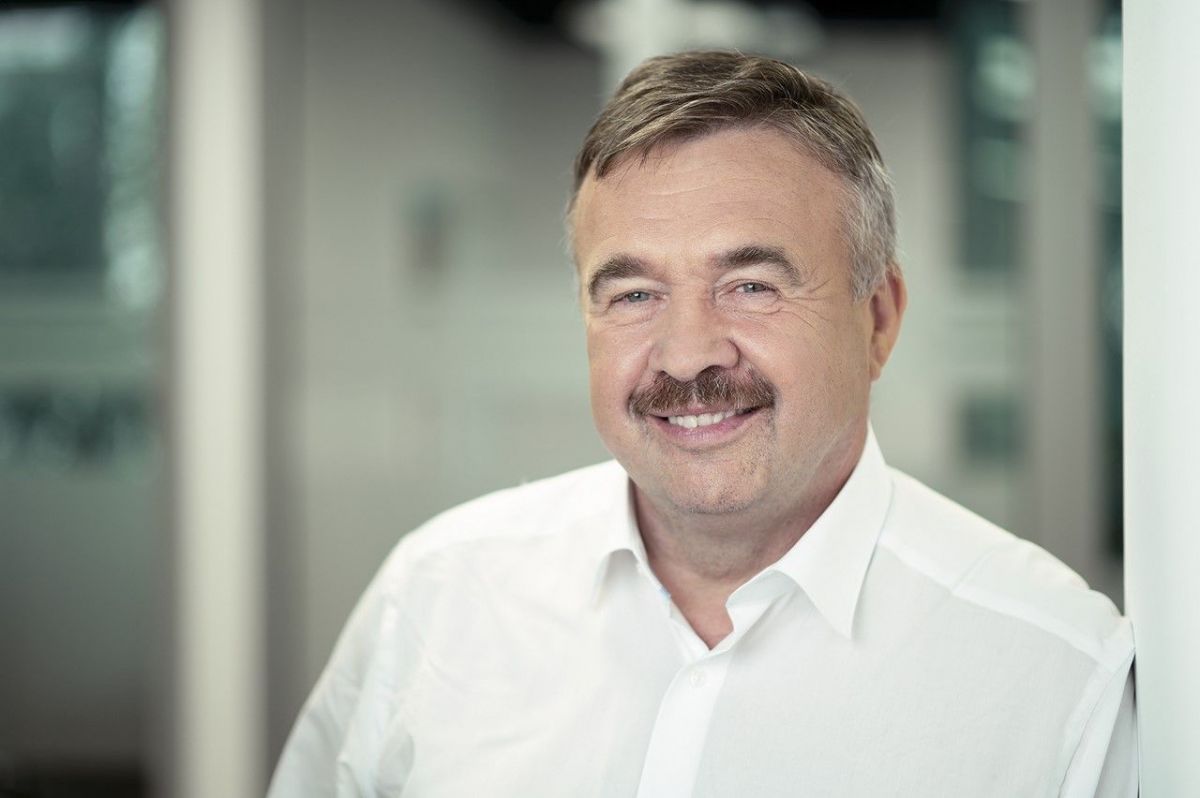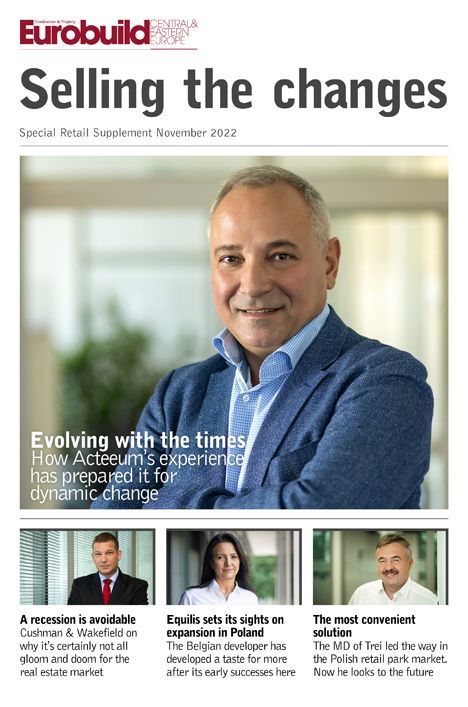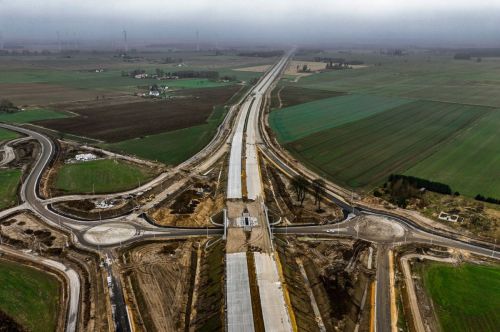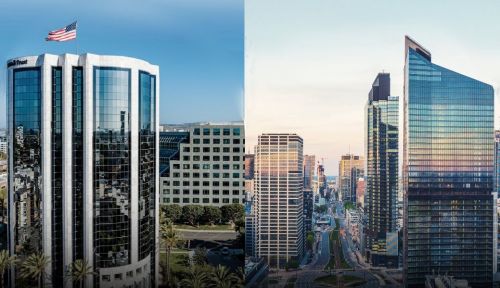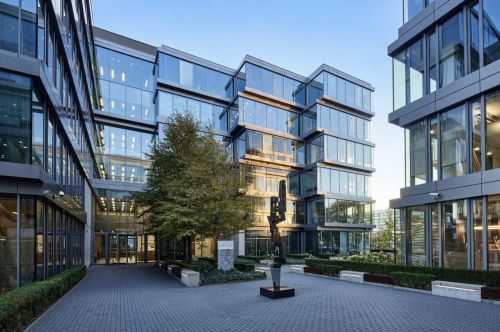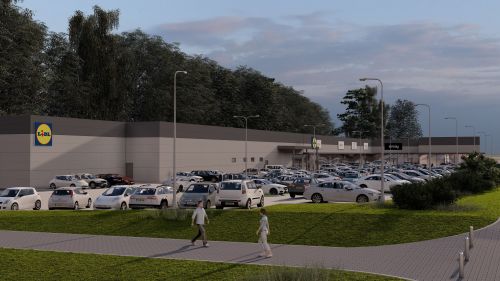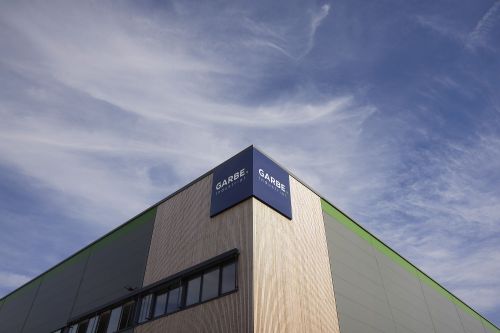‘Eurobuild Central & Eastern Europe’: We have recently been going through a boom in both the retail park and convenience centre sectors. As a recent report published by JLL and Trei reveals, in the first six months of this year the volume of such formats in Poland grew by over 120,000 sqm. In your opinion, is this a permanent trend and how will it evolve over the next few months?
Jacek Wesołowski, managing director, Trei Real Estate Poland: According the recent ‘Retail Parks and Convenience Centres in Poland’ report by Trei and JLL, the retail park sector will continue to grow. The level of market saturation for retail parks is still relatively low, but they are currently dominating the supply growth. In H1 2022, developers completed 183,200 sqm of leasable space, 66 pct of which was in the form of retail parks and convenience centres. Market experts estimate that by the end of this year there will be another 181,000 sqm of leasable space in retail parks.
